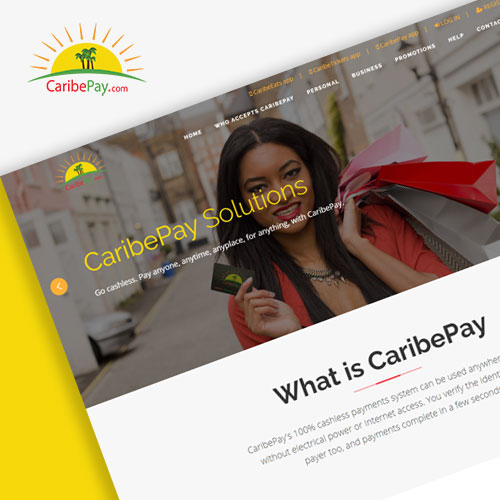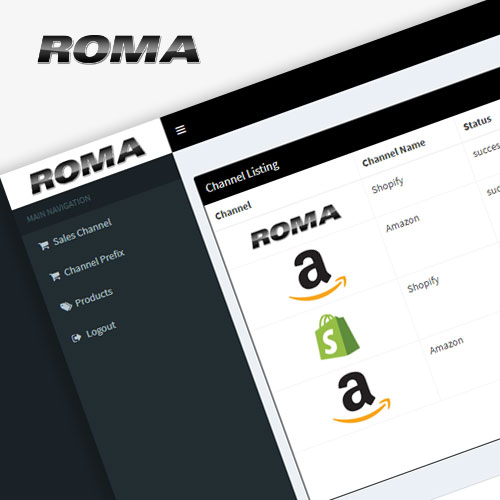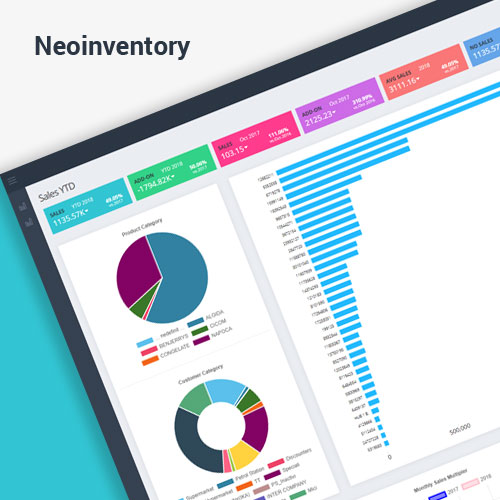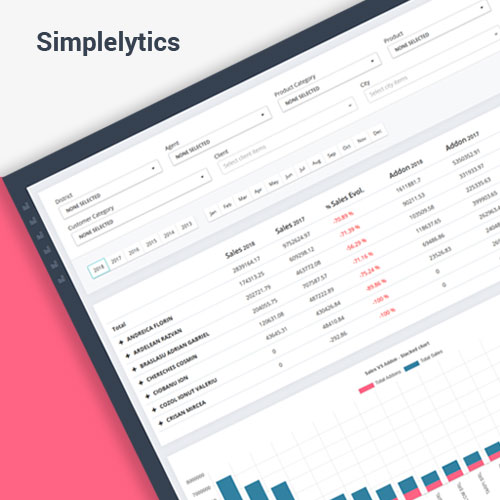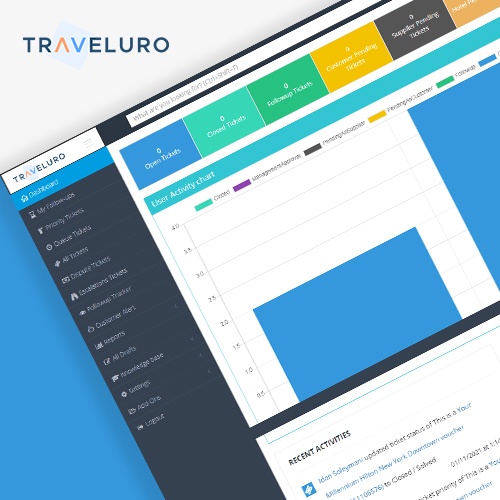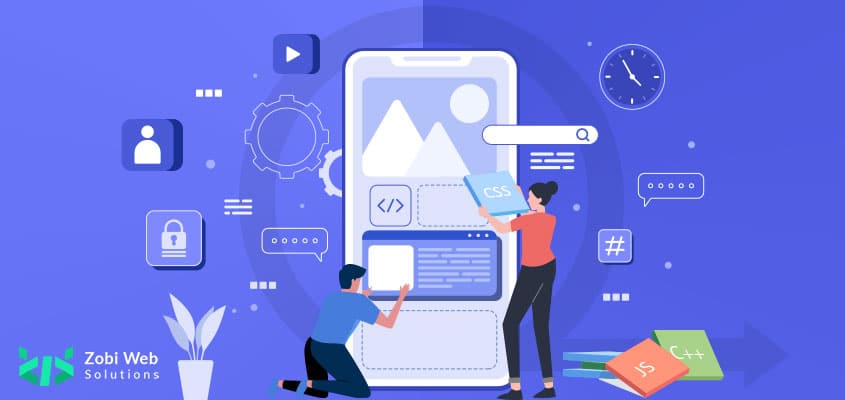
We are in an era where the IT leadership of an organization has to stay abreast with evolving complexities of the Digital Transformation the world around us is going through. Legacy Application Modernization is the name for this transformation.
With the passing of time, the Software someone is using slowly becomes outdated. This is an eventual and inevitable reality. The software starts getting dis aligned with ground realities as well as overall organizational objectives and goals. There is a time when the tipping point is reached and the leadership has to take a look for modernization to remove the obstacles.
We are going to discuss the decision-making process first to identify if the Software requires modernization and how to approach the process.
Identification of Legacy Systems Symptoms
Although it is a very easy thing for decision-makers to identify when the legacy system needs an overhaul but there are few professional ways to indicate it has started under-performing such as:
- Customer demands exceed current application tendencies.
- Frequent Errors, Exceptions, and Crashing.
- Very slow process, Long Page Loads and even system hang.
- Out-dated UI/UX.
- Other Deficiencies.
These are the first signs of symptoms for the legacy system. More hidden issues might occur eventually with the passage of time.
Legacy systems Role and Need in Organization
We need to identify what role the software has in the organization. We can identify the same by asking a few critical questions such as:
- If the software stops working what impact it would have?
- Is there any plan with the organization to sustain without the Software?
- What is the importance of the software for the organization?
For identifying the role of the software multiple stakeholders can be consulted such as End Users, Developers, Managers as well as owners to know how essential it has been.
Constraints Identification
When we speak about updating existing legacy software it definitely requires decision-makers to foresee any possible constraints and if it will be a factor in decision making. The most typical constraints that have to be addressed are
- Financial Issue.
- Unwillingness of existing user base to adapt to a new system.
- Uncertain future for the software.
Most of the decision-making boils down to the above points so this needs to be scrutinized and addressed efficiently.
Legacy App Modernization Approaches
Once the identification process is completed as suggested above we can look further to the Modernization approaches we can make and options available. The path forward depends on the criticality of the existing issues as well as constraints against change. There are few options for Modernization available:
1. No Change
This means all the stakeholders have concluded that the Software system does not require any immediate action on basis of constraints identification.
2. Replace
This requires the elimination of the previous software altogether and replacing it with the latest requirements and needs of the current and future time with the new scope of work.
3. Rebuild
We can completely rewrite and redesign the Legacy Software from scratch while preserving the original scope of work.
4. Refactor
If we do not wish to replace and rebuild the system while we cannot even continue with the existing structure one of the best ways is to refactor the software Development by optimizing the existing codes to remove any technical issues and improving the performance as far as possible.
5. Rehost
We can make changes to the Hosting environment either Cloud, Virtual, Physical, or Shared without changing the codes and functions which might address the existing legacy issues to some extent.
6. Replatform
We can move the legacy software system to an entirely new runtime platform without making any changes to the Coding Structure or features. This would require minimal code changes.
7. Rearchitect
We can also try to alter the code to shift it to a new architecture to leverage better capabilities.
Conclusion
When we explore the possibility to modernize the legacy applications it also requires our attention towards preserving the reliability and rich functionality of the legacy applications. Legacy applications Modernizing requires us to make a decision of Application development which provides great results at higher costs whereas Replatforming and Reacrhitecting have medium costs. It is critical to weigh all options to have desired positive impact. This is where Zobi Web Solutions can be your partner to assist in elaborate consultation for turning the legacy systems into a platform for future business growth.
If you are having a Legacy system and you wish to explore the options to bring maximum benefit to your business, please feel free to connect!!!
 Blazor
Blazor
 Angular
Angular
 ASP.NET Core
ASP.NET Core
 NodeJS
NodeJS
 React Native
React Native
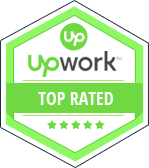


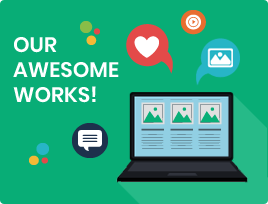
 60+
60+






